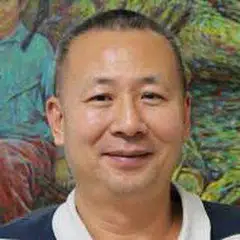1949: A time for change - A pictorial journey with Hsu Chung-mao
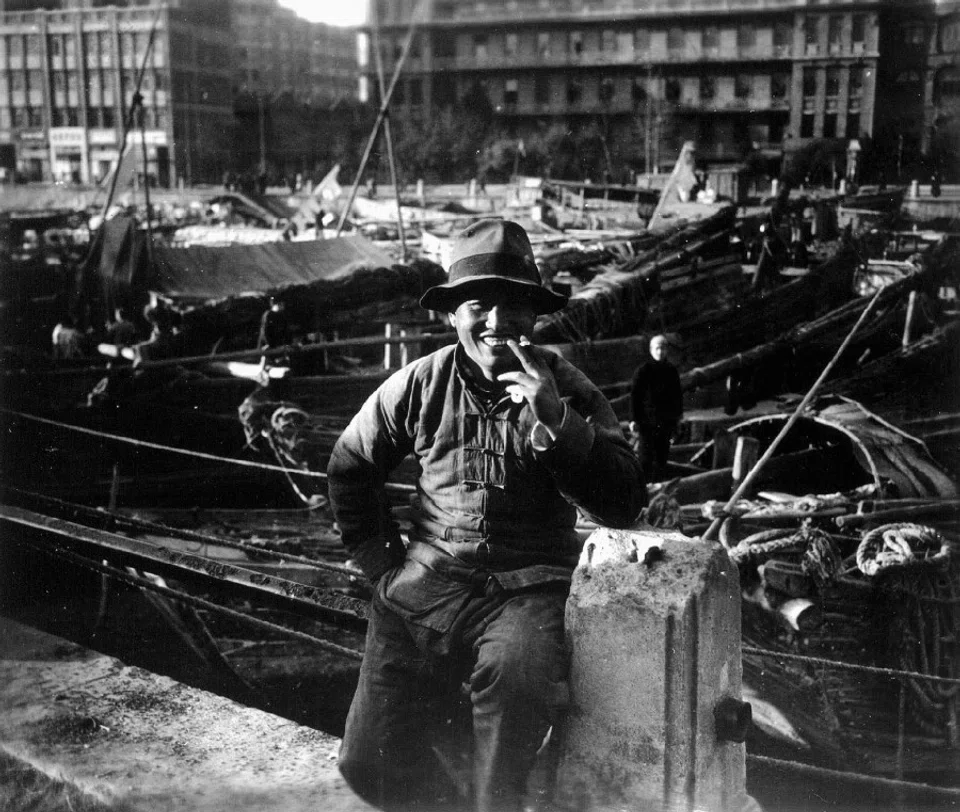
The year 1949 marked a major turning point in China's history. In the spring of that year, Chinese Communist Party (CCP) forces gained strength and momentum with key victories over the Nationalists in the north and northeast of China, and were mobilising to move southward to take the whole of China.
With the communist forces closing in, the Nationalist forces continued to hold the fort in Nanjing, the capital of China's eastern Jiangsu province that sits west of Shanghai. However, morale was sinking among the weathered troops.
The city had just emerged from the horrors of the Nanjing Massacre of 1937. And now, the prospect of further tragedy lurked at its doorstep. Life grew increasingly tougher for its people -- many of them lost their livelihoods and had to sell their possessions on the streets or find work in factories for survival's sake. But what also emerged was a portrait of resilience that, together with Shanghai, made the two cities emblems of the resilience of the Chinese people.
The glorious Thirties, and then the fall
After the Nationalist government was formed in Nanjing in 1927, Nanjing and Shanghai had become the fastest-growing cities in China. Education, culture, and entertainment industries developed and thrived, bringing about the golden age of the 1930s in these areas.
At the advent of the 1937 war resistance against Japan, both cities were thrown into turmoil, as the Chinese army and civilians united against the Japanese invaders. There was a tremendous loss of life and property, but for the battle they put up, the two cities were held up as heroes in the early days of the resistance.
When Nanjing was captured by the Japanese, it was made the capital of Wang Jingwei's Japanese-collaborationist puppet government, while Shanghai remained an important business hub. The people spent over seven years in oppression and suffering until the resistance effort succeeded and the Nationalist troops emerged victorious in October 1945.
But peace would not be restored. The civil war between the Nationalist Kuomintang and the Communist Party escalated, and Shanghai's economy was de-stabilised, leading to widespread speculation and fraud. Not only did financial reforms fail to put things in order, they triggered inflation and further weakened the credibility of the Nationalist government.
For the people of Nanjing and Shanghai, it was hard to tell how China's history would unfold as 1949 rolled along. But they were determined not to let their circumstances get the better of them.
They worked hard to make sure it was business as usual, as the people continued to crowd the food stalls, throng the markets, fill schools and build homes.
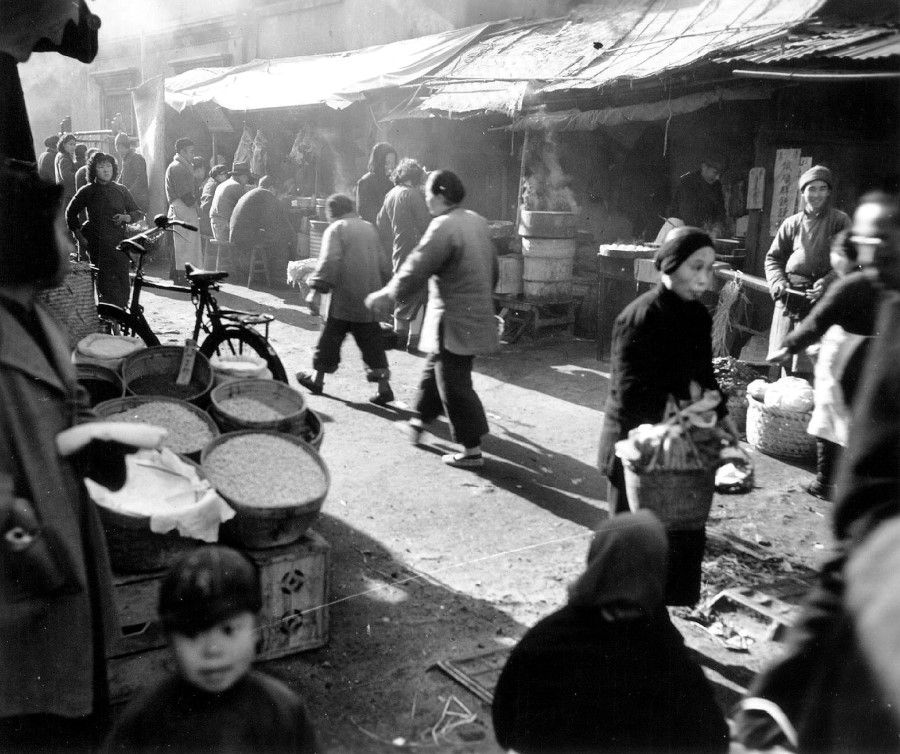
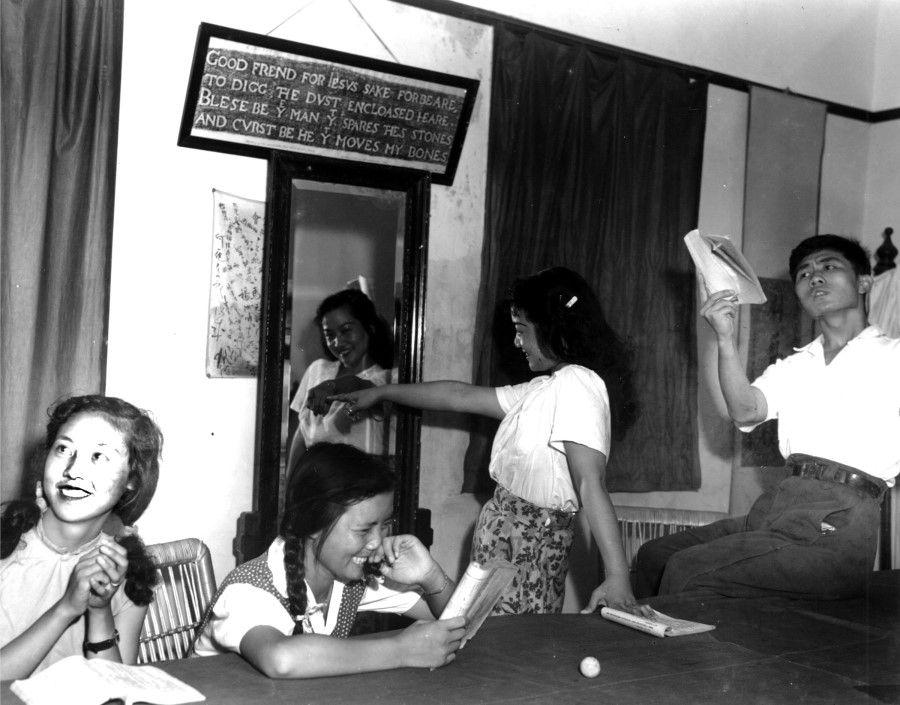
There was no drop in trading, nor did the rich cut back on their lavish lifestyles. Shanghai was as glamorous as ever - nightclubs were full of customers enjoying the live music; Nanjing Road was busy with traffic and trishaw riders plying the streets for customers, while portraits of Nationalist leader Chiang Kai-shek hung from tall buildings, an image that would soon represent the end of an era.
In Nanjing, the central mint was printing official currency, and the authorities tried to sustain production to keep the jobs coming, such as the laying and repairing of railroads, which would help build infrastructure and the economy.

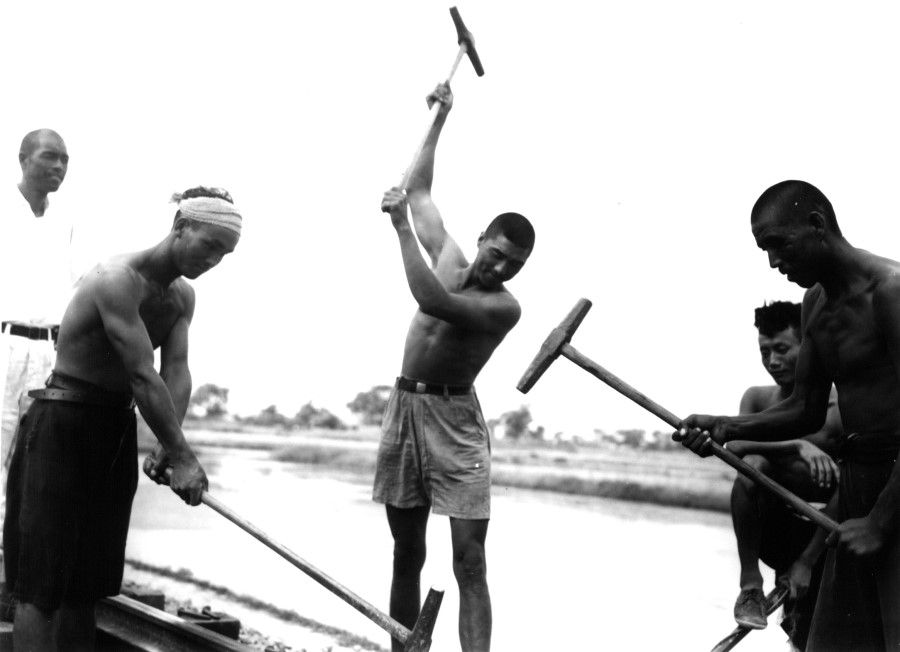
In those restless times, ordinary people could only survive in the most ordinary way. And so the people dealt with tragedy and turbulence the only way they knew how - by hunkering down and working hard to survive and make a decent life for themselves, come what may.
However, the effects of the country's civil war were hard to stave off, as Suzhou's rivers were choked with boatloads of refugees and more and more drifters and beggars started to line the streets. Amid this were uplifting stories of good deeds, such as how an international Catholic charity would ship in supplies for the refugees and the poor (though the media reported that corruption meant few of these supplies actually reached the needy), while the local government set up agencies to care for the orphans and children who had been separated from their families.
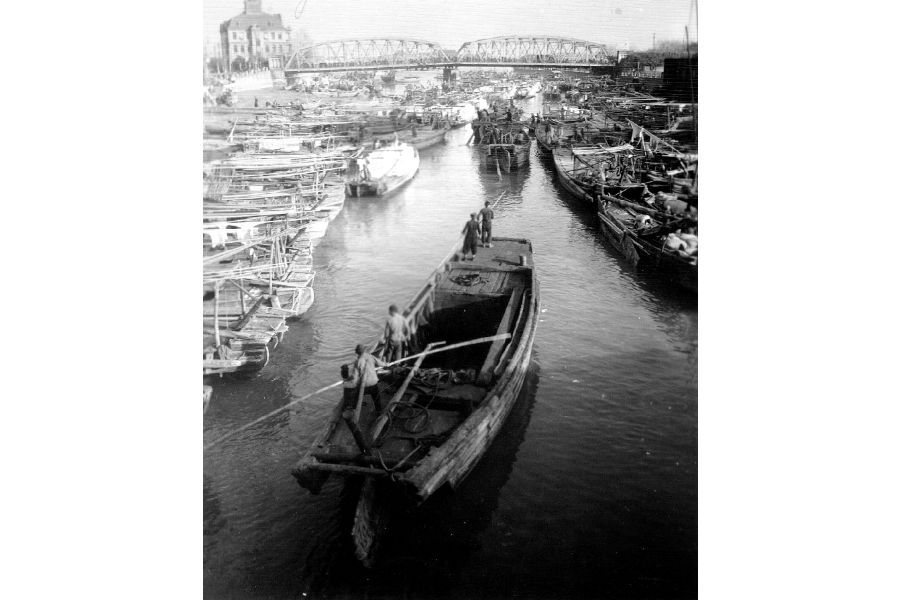



And what about the wealthy Chinese among the population; why weren't they fleeing for safety? Essentially, the people were used to political power changing hands every so often in the past 50 years. When they weighed the odds, they felt that life would present the same demands and challenges no matter where they fled.
The year 1949 was full of human drama. Amid the changes in political power, society experienced fear, tension and scepticism, mixed with apprehension and hope. In those restless times, ordinary people could only survive in the most ordinary way. And so the people dealt with tragedy and turbulence the only way they knew how - by hunkering down and working hard to survive and make a decent life for themselves, come what may. This spirit of resilience, and an ardent belief in a brighter future, would see them through the major changes China would face over the next 70 years.


(All photos by Hsu Chung-mao.)
